Reviews
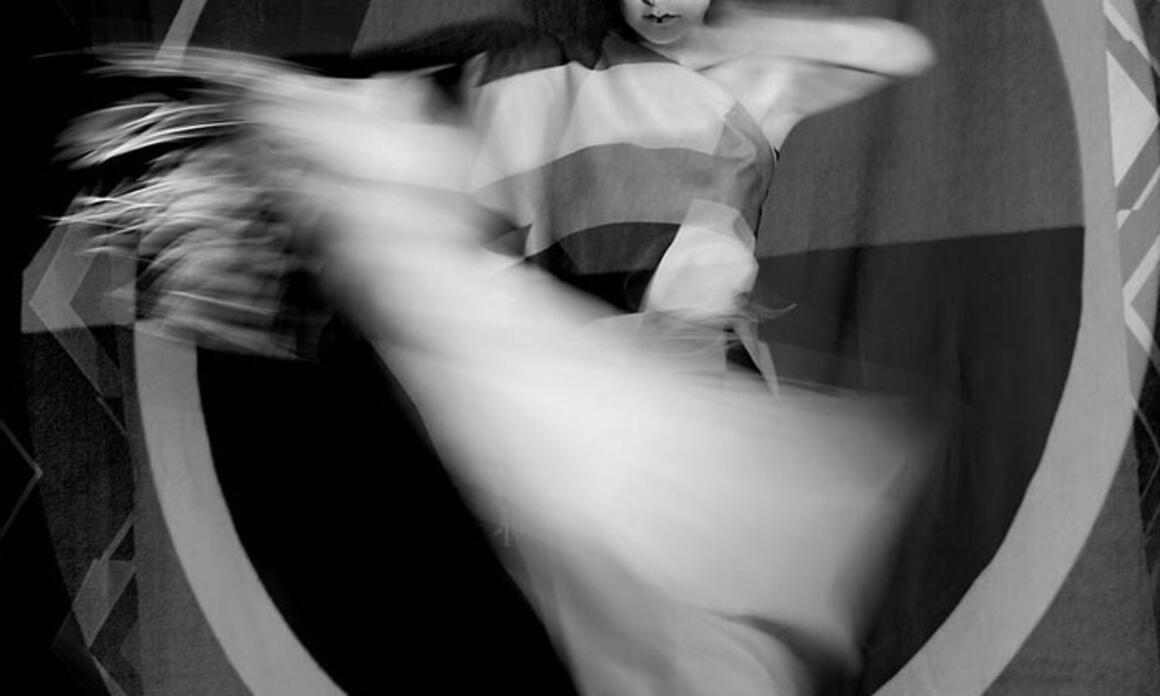
Flavia Da Rin
Flavia Da Rin’s (Buenos Aires, 1978) alluring images usually distil fantasy, humor, and a dissimulated melancholy; they are structured around the artist’s appearance in constant and infinite transformation.
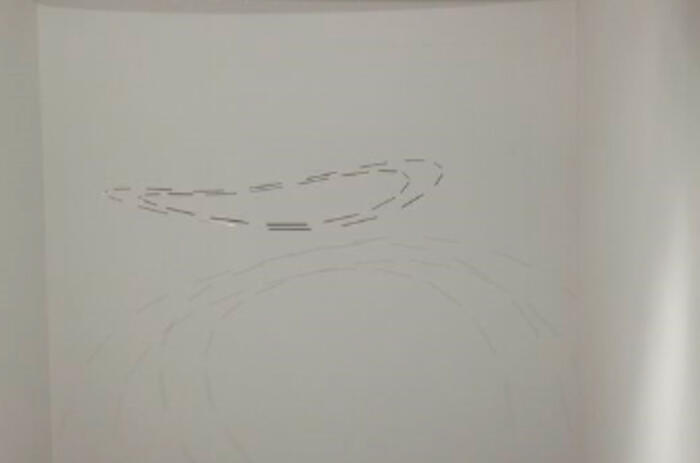
Elías Crespín
Hijo de matemáticos y nieto de artistas, Elías Crespín- Caracas, Venezuela, en 1965- asistió cotidianamente, desde que nació al fecundo diálogo entre la matemática y el arte.
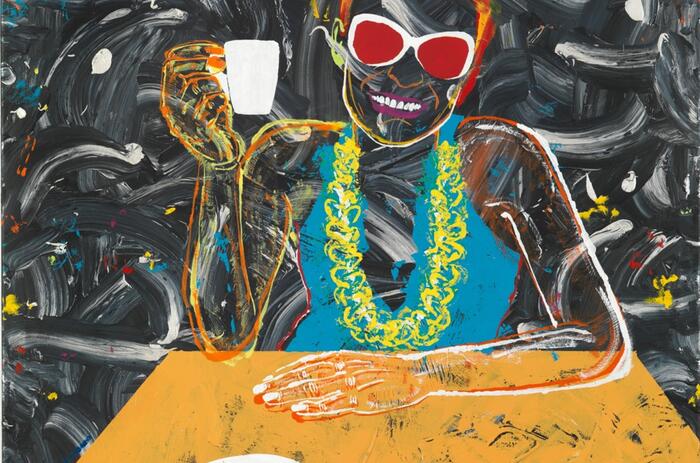
Alex Flemming and his chaos
For some time, we had been hoping to see in Sao Paulo one of its great artists, who has been living in Berlin for over 20 years.
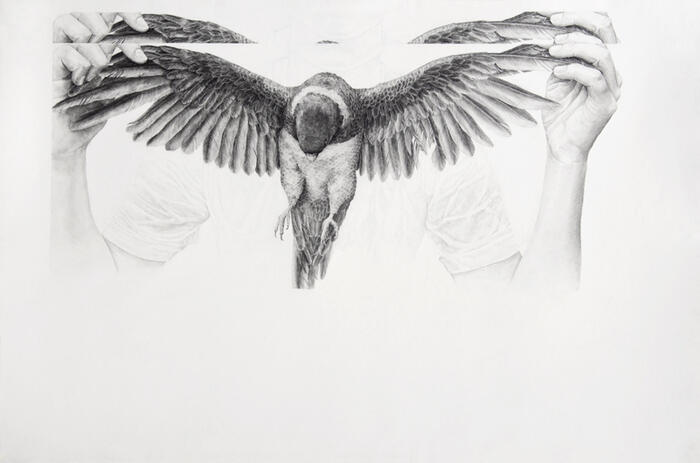
Daniel Otero Torres
At first glance, the pencil drawings by Daniel Otero Torres (Bogotá, 1985) elicit joy and fill the viewer with wonder.

Eugenio Zanetti
There was a time when the relatively small city of Córdoba was a great capital of American art and culture. The 1960s shook the planet, and in the central region of Argentina, this could be perceived in the streets.
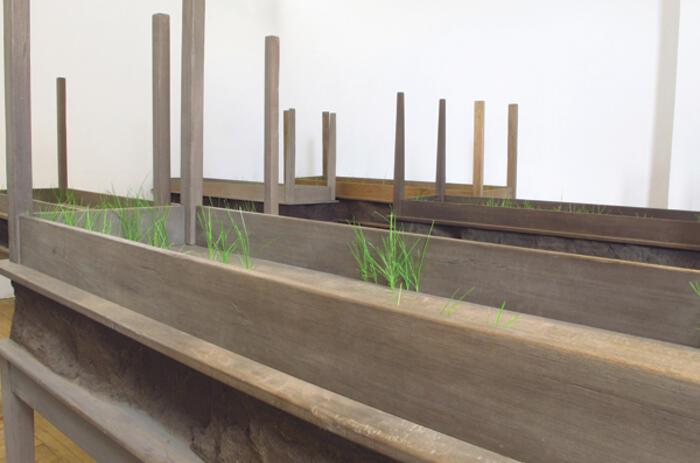
Doris Salcedo
After being exhibited at the Calouste Gulbenkian Foundation (Portugal), the Museum of Modern Art in Malmö (Sweden), the National Museum of the 21st Century Arts - MAXXI (Italy), the Pinacoteca of the State of São Paulo (Brazil) and the University Museum of Contemporary Art of the National Autonomous University of Mexico UNAM (Mexico), a part of the installation Plegaria muda arrived at the Flora Foundation in Bogotá.
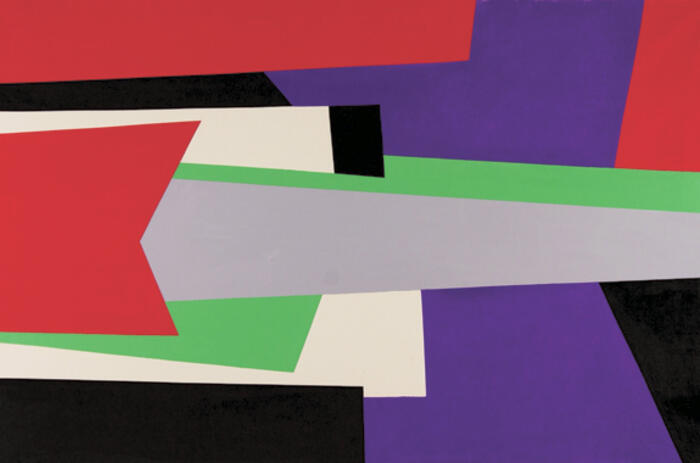
_The Silent Shout: Voices in Cuban Abstraction 1950-2013_
The Silent Shout… shows the continuity of abstraction in Cuba from the mid-twentieth century to the present, contributing to complete the map of that vast current that spanned the continent, including the Caribbean, ...
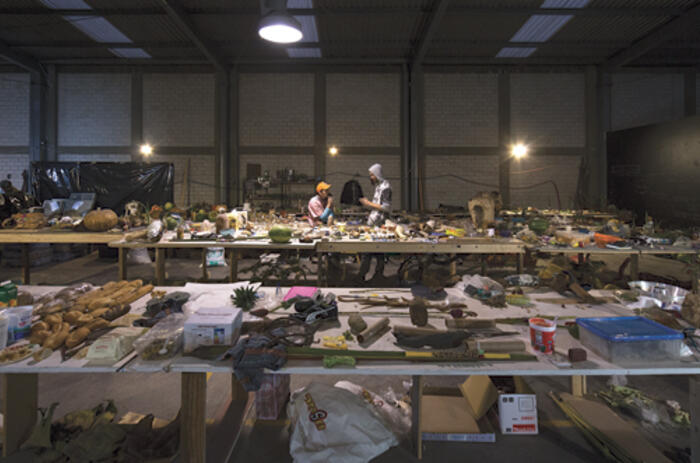
Adrián Villar Rojas
Adding color and moving away from monumental sculpture cast in unfired clay, Villar Rojas’ latest in-situ exhibition, Los Teatros de Saturno, at Kurimanzutto gallery does indeed represent a departure from his previous work, though brought to life with the central threads of his creative career, the ephemeral quest for life that often emerges from decay and his theatrical approach to artistic production, well intact.
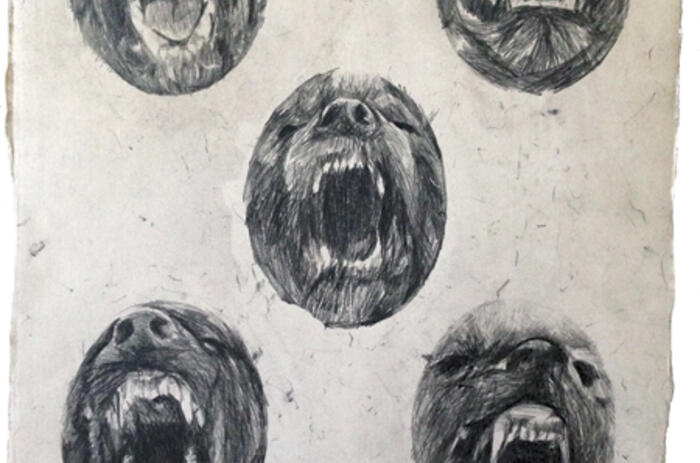
Enrique Minjares
Enrique Minjares is angry and laughing. The 36-year-old artist draws a thin line between the two in his latest exhibition – derived largely out of faithful respect for formal artwork construction and an earnest sense of humor in what we all must now see as a casually cruel environment for art production in the Americas.
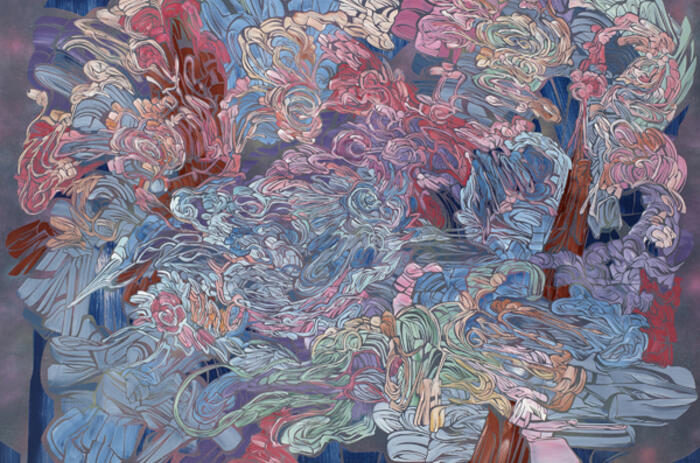
Emilio Pérez
Emilio Pérez’s third solo exhibition at Galerie Lelong, New York, includes recent paintings on wood panels, as well as a triptych executed during his residency at the Lux Art Institute in California in 2011, on view for the first time in the city.
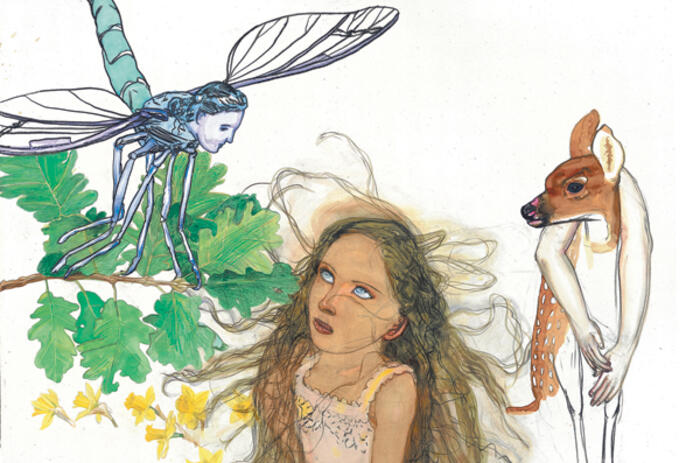
Pat Andrea
“How do you know I’m mad? said Alice. `You must be,' said the Cat, `or you wouldn't have come here.'
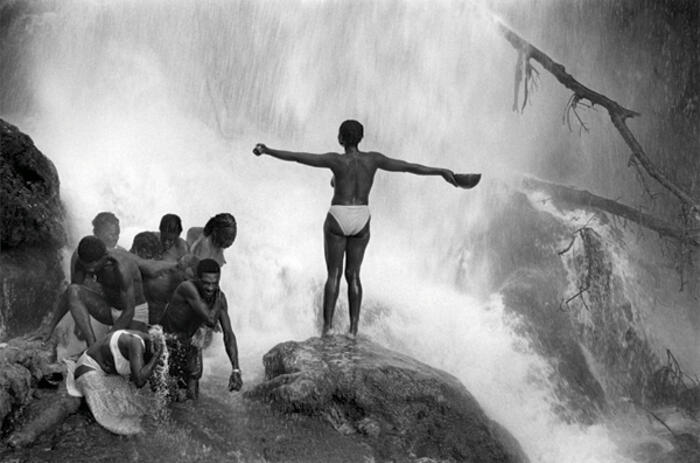
Cristina García Rodero
The photographic record of mystical feeling has been commonly addressed by the great religions of our contemporary world.
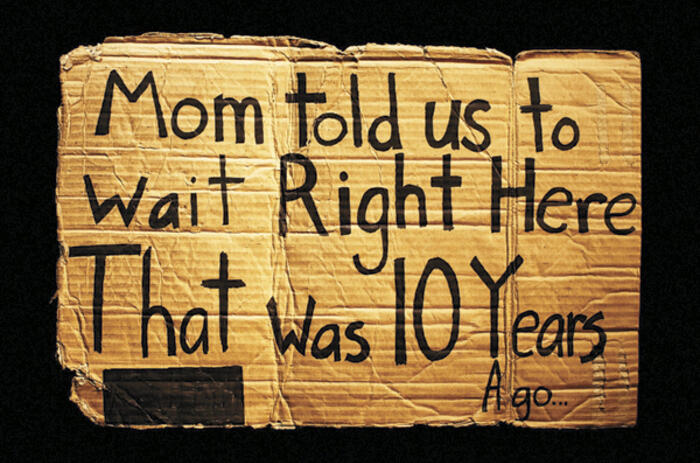
Andrés Serrano
Previously heralded as the world’s most infamous contemporary artist – his highly contentious photographic work Piss Christ, 1987 pictured a crucifix bathed in his urine –a mature Andrés Serrano now proffers social consciousness.
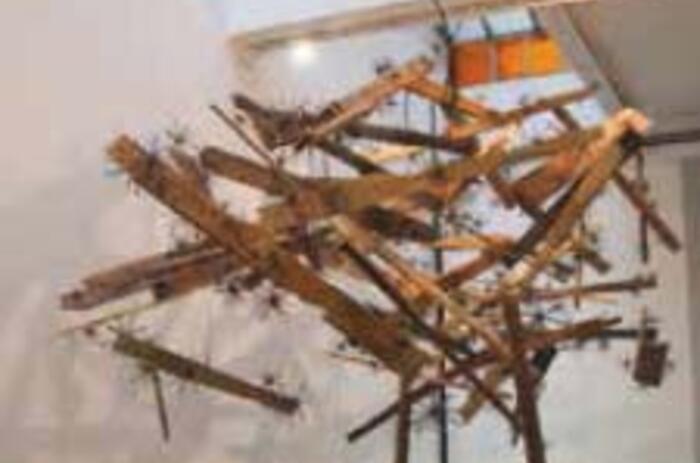
Luis Terán
We can imagine Luis Terán’s studio as a great building work, full of materials scattered all over the floor and with construction workers wearing hard hats swarming about.
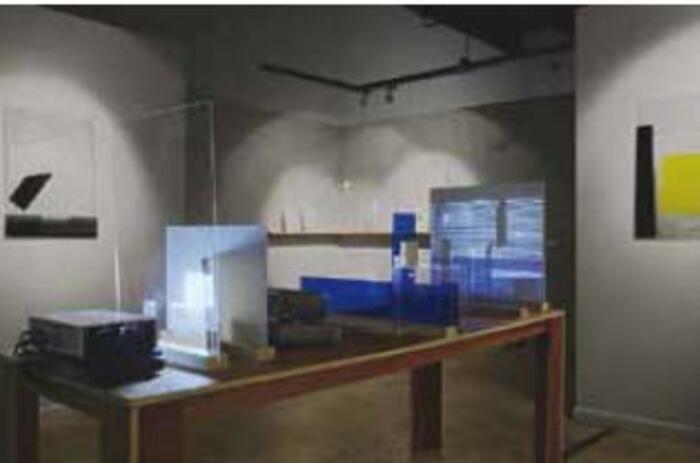
Angela Valella
What are the applications for such a title? It could be a pulled from a manual of any sort, instructing us how to put up wallpaper, bandage a wound, or any type of industrial assemblage.
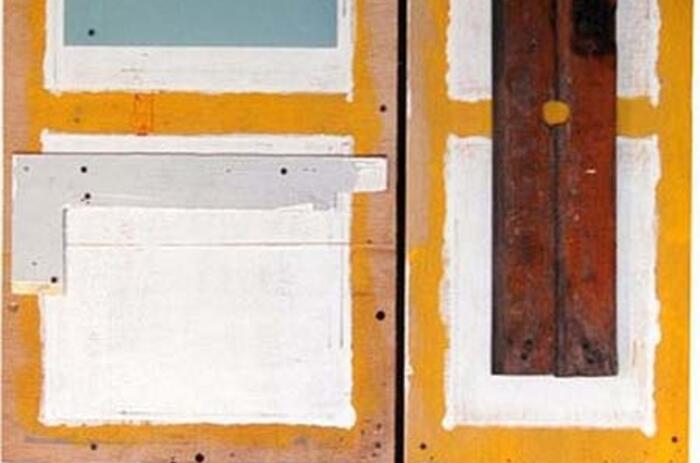
_A Language beyond Form_
Taking the temporal and spatial axes as conducting thread, the exhibition A Language beyond Form (Un lenguaje más allá de la forma) constitutes a poetic incursion into our existential labyrinths, using the refined plastic forms of abstract and/or conceptual nature of ten Latin American leading artists as vital trigger.
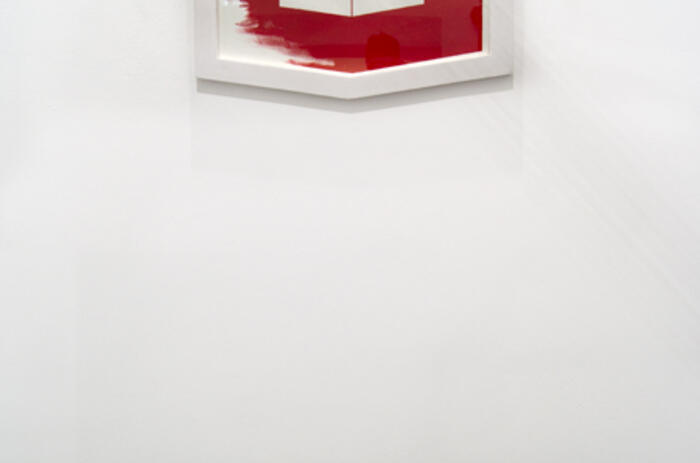
José Hidalgo-Anastacio
For someone interested in Latin American contemporary art it is always pleasant to fill in some of those gaps that the mental geography seems to have. Let’s be realistic: for some years ̶ too many ̶ and to date, it has been difficult to find that piece of the puzzle which, positioned on Bolivia and Ecuador, would complete the map.
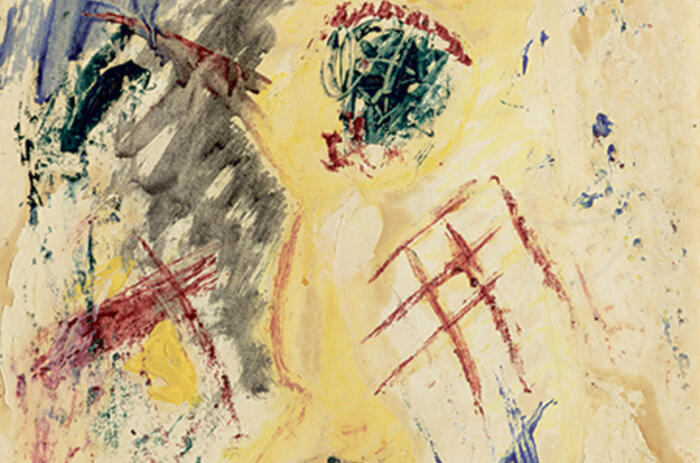
Esteban Lisa
A new gold standard has been set with the opening of Esteban Lisa: Retornos, Toledo, 1895 / Buenos Aries, 1983 at the Biblioteca Nacional de España. The retrospective featured 149 works of art beginning with the artist's early abstract experiments in oil on cardboard rendered in a cubist-inspired style from 1930 to 1940.
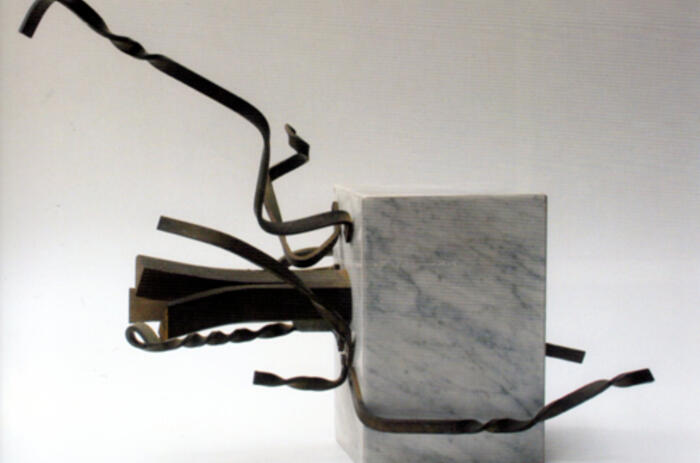
Claudio Girola and Poetry, the Owner of His History
A member of a family of sculptors, Claudio Girola was part of the concrete art groups in the Río de la Plata region. Like all avant-garde artists, concrete artists made use of an arsenal of pamphlets and manifestos, the first of which was the Manifiesto de cuatro jóvenes, signed precisely by Girola, jointly with Tomás Maldonado, Alfredo Hlito and Jorge Brito in 1942.

Adrián Villar Rojas
Adding color and moving away from monumental sculpture cast in unfired clay, Villar Rojas’ latest in-situ exhibition, Los Teatros de Saturno, at Kurimanzutto gallery ...
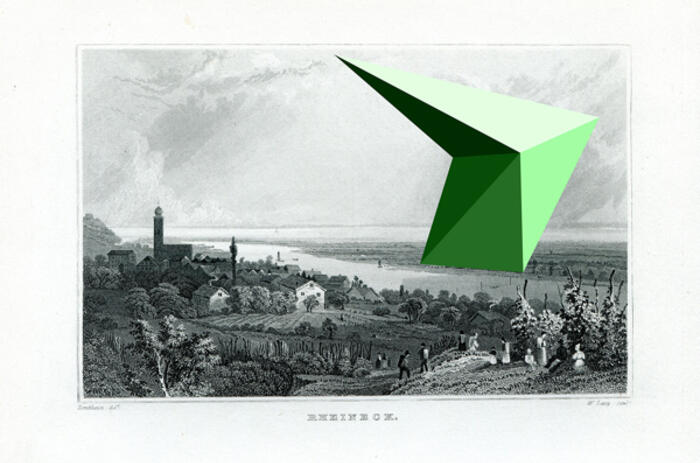
_Gestonas Urbanos | Urban Gestures_
After a sell-out booth at last year’s ArtBo art fair in Bogota, Johannes Voigt, owner of Johannes Voigt Gallery in New York, has a good reason to be fond of Colombia.
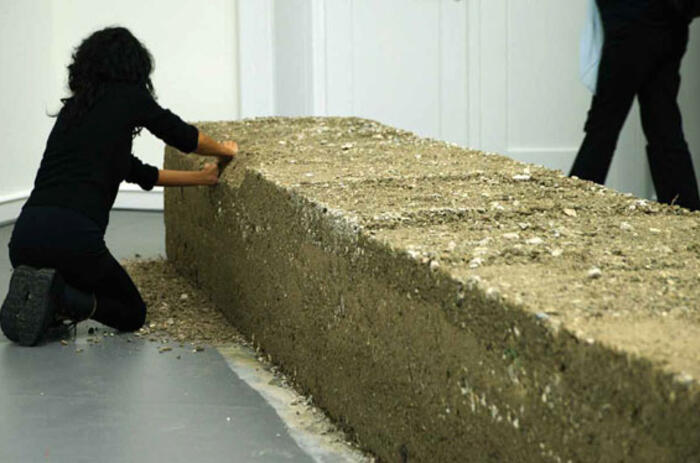
Teresa Margolles
Reality as the unalterable context where actions take place and the way in which those same activities have an incidence on everyday life are the point of departure for the investigations that Teresa Margolles (Culiacán, Mexico, 1963) has been carrying out for years.
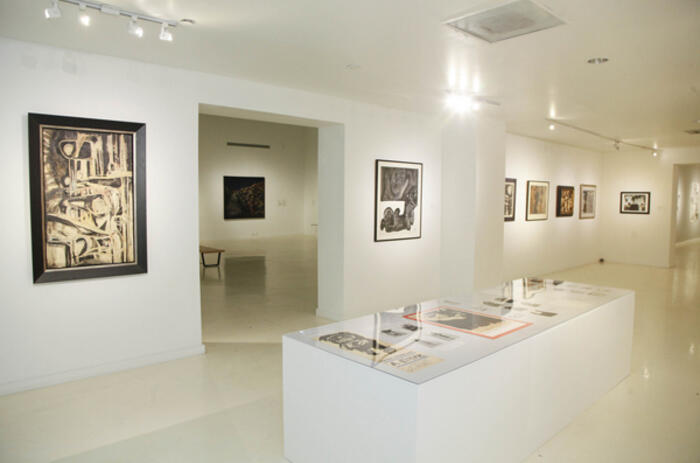
Antonia Eiriz
There are artists who have had such a colossal impact at a given stage in the history of their countries’ art and such a marked influence on the successive generations that no tributes will ever suffice.
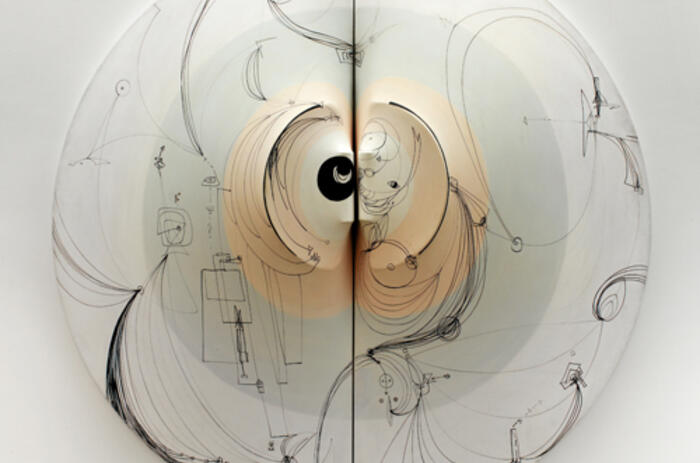
Zilia Zánchez: an Approach to the Topographies of Desire
Beyond the vernacular-artistic manifestations that strive to understand what is produced in and from the Caribbean as an eclectic amalgamation of ancestral and cultural links, the work of artist Zilia Sánchez (1926) has developed amidst notions of rupture, which have a long tradition in the modern and contemporary art production of Latin America.
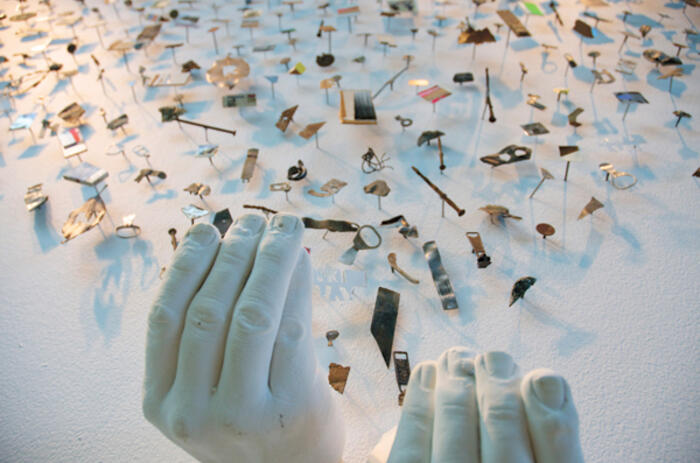
_Migrating Identities_
This exhibition displays works that have the power of revealing many layers of the ever-changing experience of immigration.
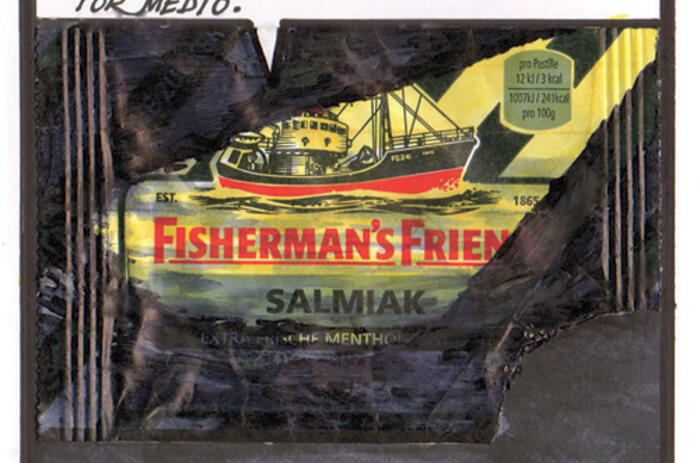
Fernando Carabajal
Fernando Carabajal is one of those cultural producers who masters different expressive platforms with equal ease.

The Di Tella Case. 1958-1969
The necessary exhibition Documentación en galería: El caso Di Tella. 1958-1969 (Documentation in gallery: The Di Tella Case. 1958-1969), curated by the gallery directors Claudio Golonbek and Ricardo Ocampo, is an invitation to delve into the research work carried out by the Center for the Visual Arts (CAV) of the Di Tella Institute.
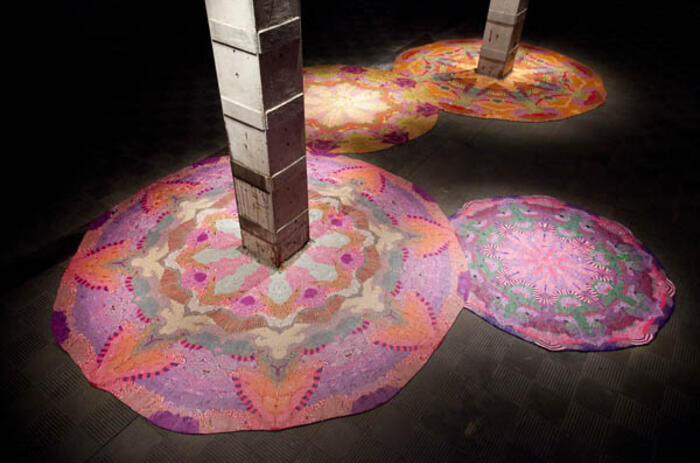
Magdalena Atria
Over the years, it has been characteristic of Magdalena Atria (Santiago de Chile, 1966) to maintain a constant activity in relation to her work with color.
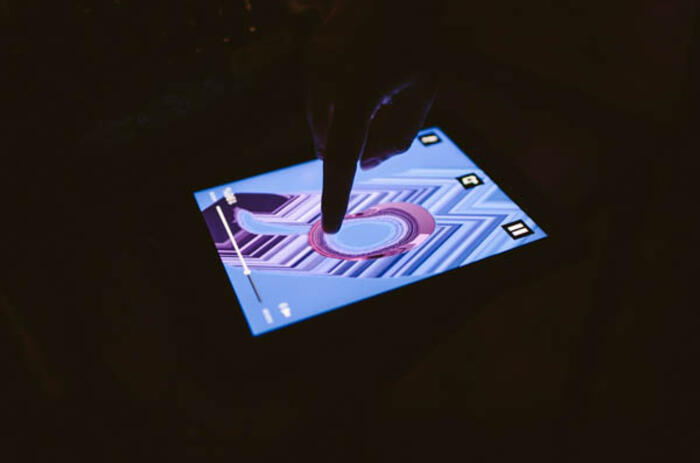
Nicolás Lobo
On August 1st, artist Nicolás Lobo and software developer Dylan Romer launched Purple-Goo, a sound-stretching application for iPhone and iPad. It allows users to extend a song up to 100,000 times.
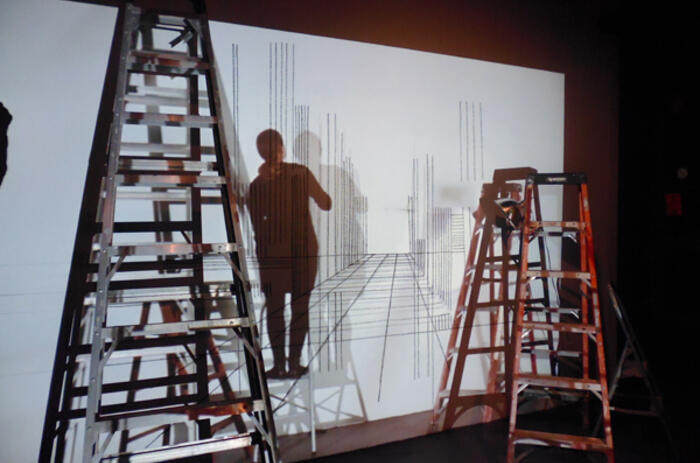
Carola Bravo
Carola Bravo’s video installations in “We Are Where We Are Not” bring to my mind a foundational moment in the history of this genre that did not take place in the field of art but in the field of literature.
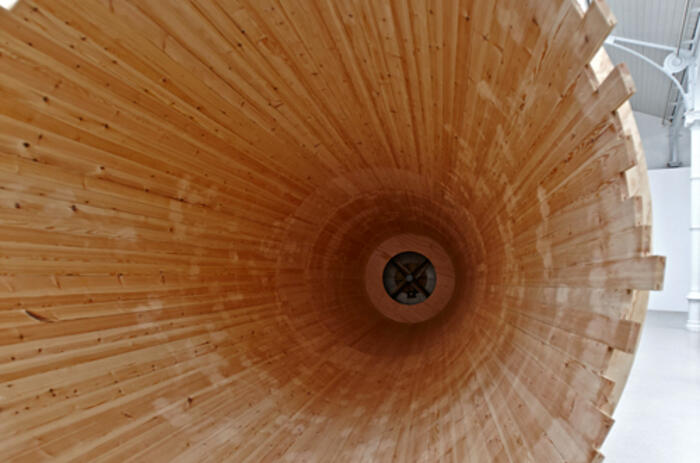
Cildo Meireles
It is a well-known fact that conceptual art cannot be understood without resorting to the essential structure it received from the most relevant authors of the revision of modernity carried out in the 1960s in Brazil.


